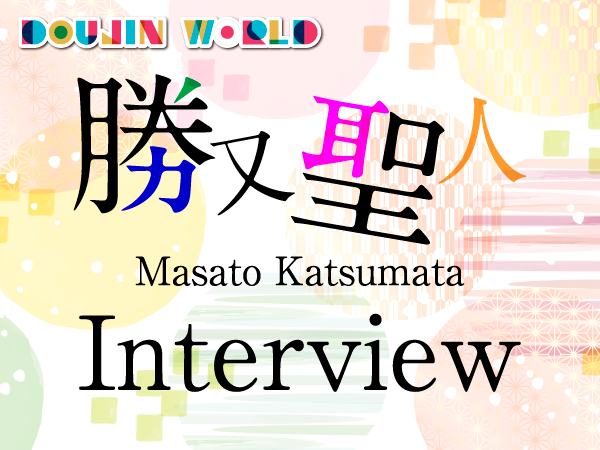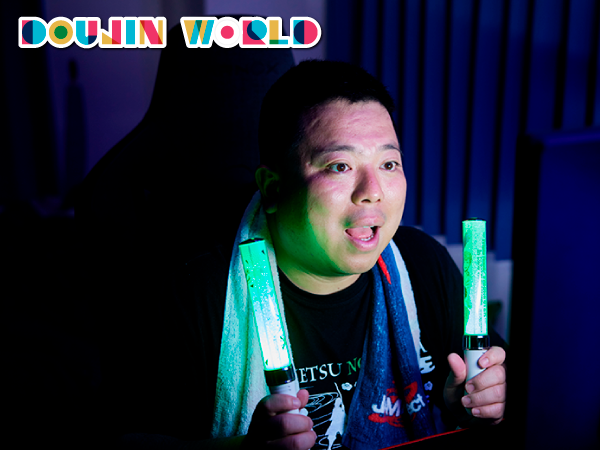2023.09.04
【AnimeDo Vol. 3】Animation Director Michael Tanaka: The Improvement of the Social Standing of Anime, and How It Made the Anime Industry Better

Last time, we learned that, even though an anime might be Japanese, a lot of what appears on screen is actually created overseas. Today, however, I’d like to learn not about the creation of anime, but about the state of the industry. And for that, I turned to the person considered to be the “Jack-of-All-Trades” of anime.
Ever-Multiplying Proposals for New Anime
“First of all, did you know that the number of anime created doubled between 2000 and 2010, and in 2020 it doubled again?”
Michael Tanaka, key animator, animation director, and producer, started our interview with some juicy data. We trust his word; he’s been involved with anime from all sorts of positions and perspectives, so he basically has a bird’s-eye view of the industry.
“As the number of anime productions has increased globally, the industry has also been experiencing a revolution,” he went on to say.
“To start with, and maybe it’s not the most pleasant topic, but let’s look at the money. About 10 years or so ago, if an animator drew one drawing, they would receive wages only equal to the cost of that one drawing. Of course, you could earn more money by drawing more, but the pay was so low that anyone who was just getting their footing would be barely earning enough to survive. But now there are options for a monthly salary, and of course, the price per drawing has gone up too. The cost of labor in anime production has doubled as well, in proportion to the number of productions.”

Michael Tanaka at work
“There are no workers! We can’t make anime!” Then why not train people?
“Even though the work environment for animators has improved, we still don’t have enough animators in Japan to keep up with the drastic rise in anime proposals. People have anime they want to make, but no one to draw them…So a lot of the big-name companies are turning to other countries like Vietnam, Thailand, and the Philippines, where they build branch offices.”
Wow…The scale is huge.
“The level of skill in other countries keeps getting better and better. For example, Japanese companies have been ordering animation from China for 30 years. It’s almost like they’ve been absorbing Japanese techniques all this time.”
I can’t decide if it’s a good thing that Japan’s proud culture of anime production and unique methods are permeating overseas…Well, if it has helped improve the overall quality of anime, then that’s enough for me.
“So the parts of anime production that happen in Japan are usually core segments like planning and drafting. If we were to compare it to cooking, it’d be like the plating of food and the finishing touches. On the other hand, outsourcing everything to other countries means we aren’t cultivating Japan’s workforce. That’s why people like me in the anime industry are actually working together to start up some kind of educational program to teach the necessary skills and connect people to jobs.”
Interesting. So maybe it’s putting the cart before the horse to say that there will be no younger generations with a bit of experience interested in taking charge of the future of anime culture in Japan.
“If you think of it like a carpentry apprenticeship, we would be the masters. We’d hire young people who don’t even know how to hammer a nail and teach them from the very basics. Through that process, we’d have them select which part of the anime industry they’re most interested in joining.”
A master and apprentice relationship…That’s the perfect way to describe it. If there is work but no people to do it, then the best way is to train people to be fully qualified. That should also help build strong interpersonal relationships.

Raising the next generation of anime industry professionals
The Expanding Possibilities of the Animation Industry
“On-demand Internet streaming has increased, so the number of anime viewers has skyrocketed. In the past, a lot of people believed anime was for children, but nowadays there are people in their forties and fifties who are regular watchers. I think one reason for that is because interaction and exchange between fans has really flourished thanks to the Internet, and a lot of people use icons and avatars to communicate.”
It’s true that if you compare now to the dawn of the anime era, it’s become a lot easier to relate to the world of animation, and your average person can experience it for themselves.
“Plus, the anime of the past were only broadcast on TV, so though they financed production costs with funds from sponsor companies, the only revenue they received was from merchandise sales. But today, every time an episode is streamed on the Internet, we earn revenue. That means we can still get compensation from views from casual fans who wouldn’t ordinarily buy merchandise.”
With companies receiving profits from beyond the core audience, and with viewers able to purely watch anime, there’s no doubt that the anime industry will continue to be exciting.
“If you have any desire to draw, just dive right in. Race and nationality have nothing to do with it. Let’s work together and make 2-D animation an exciting industry!”

“Let’s make the anime industry an exciting place together!” You could be the one he’s been waiting for!!
Follow @doujinworld
Writer
Kyohei Ogawa






